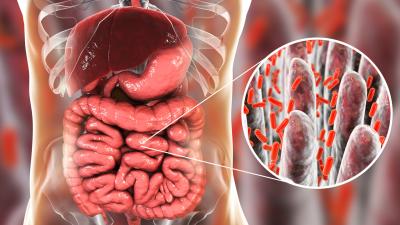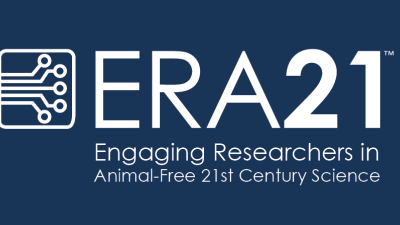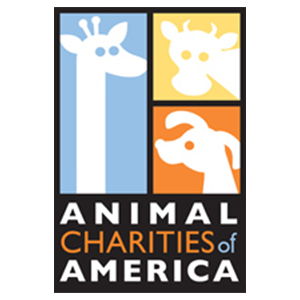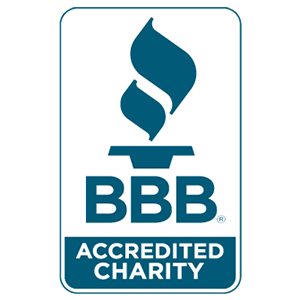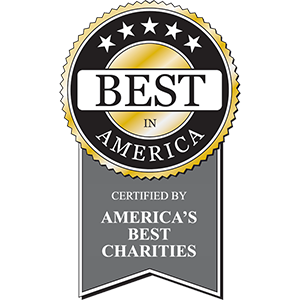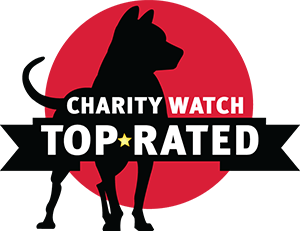Advancing Human-Relevant Science: Physicians Committee Perspective From the 2025 SACATM Meeting

Physicians Committee scientists recently participated in the NIH Scientific Advisory Committee on Alternative Toxicological Methods (SACATM) annual meeting on Sept. 11–12, 2025.
In addition to submitting comprehensive written comments, Shagun Krishna, PhD, director of toxicology, delivered oral remarks. Our comments emphasized the need for concrete, near-term actions to accelerate validation, training, and adoption of human-relevant new approach methodologies (NAMs) across U.S. agencies.
As a federally chartered advisory body, SACATM advises Interagency Coordinating Committee on the Validation of Alternative Methods (ICCVAM) and National Toxicology Program (NTP) Interagency Center for the Evaluation of Alternative Toxicological Methods (NICEATM), which together serve as the hub of all government efforts to replace animals in toxicology.
CAMERA: New U.S. government centralized hub for validated NAMs
Physicians Committee scientists welcomed the launch of the NIH/National Institute of Environmental Health Sciences Collection of Alternative Methods for Regulatory Application (CAMERA), a centralized hub of validated, human-relevant methods and their regulatory uses. We recommended expanding CAMERA beyond current skin and eye endpoints, including endpoints already used by the FDA, such as the Comprehensive in Vitro Proarrhythmia Assay (CiPA)-related cardiac safety NAMs. We also urged adding clear, cross-agency interpretive notes so sponsors and reviewers understand how listed methods can inform decisions, even where formal guidance is still evolving. These recommendations resonated with SACATM experts and were referenced during the discussion.
Update on FDA progress to replace animal testing
Tracy Beth Hoeg, MD, PhD, senior advisor of clinical science to the FDA commissioner, shared insights from a recent industry listening tour and FDA–NIH workshop, pointing out that although NAMs are increasingly validated and decision-relevant, their uptake in regulatory submissions lags behind. Many sponsors continue to default to animal experiments, citing uncertainty about FDA acceptance, communication difficulties, and misunderstandings about regulatory requirements.
Dr. Hoeg emphasized that many legacy animal experiments lack modern validations and outlined practical steps to accelerate NAM adoption: Issue guidance on where validated NAMs should completely replace legacy animal tests, make prior successful regulatory uses of NAMs searchable, and create rapid-response support for FDA reviewers. The Physicians Committee welcomes this direction and has long advocated for these reforms.
Regulatory and policy changes are also on the horizon. Dr. Hoeg referenced follow-ups from the July 7, 2025, FDA–NIH workshop on reducing animal testing and highlighted potential regulatory pathways to speed adoption of NAMs. She highlighted ongoing work to: provide a safe harbor for NAMs, amend § 351(a) for biologics to allow sponsors to leverage existing published NAM results, and update international ICH guidance, which sets globally harmonized standards for drug development and regulatory testing.
Vanitha Sekar, PhD, from the FDA’s Center for Drug Evaluation and Research clarified key NAM developer questions about ISTAND (Innovative Science and Technology Approaches for New Drugs), noting that formal qualification isn’t required for NAM use for regulatory decision making. FDA’s ISTAND program creates a pathway to qualify novel drug-development tools like tissue chips, in vitro assays, and predictive artificial intelligence-based approaches, so once qualified they can be used across programs without re-justification, helping regulators confidently accept nonanimal methods for defined uses. She emphasized that these tools can already inform weight-of-evidence assessments without one-to-one animal comparators.
We also support NICEATM’s Method Developers Forum and encourage its continuation with expansion to additional toxicological endpoints.
Training and Capacity Building for NAMs
With important changes underway at the NIH and FDA, Dr. Krishna emphasized our training resources on nonanimal methods. We highlighted recent sessions on SARA-ICE and Emulate organ-on-a-chip for regulatory application, along with our full catalog of computational, in vitro, and in chemico trainings that are freely available online through our NURA program.
The Physicians Committee is encouraged by continued progress in implementing human-relevant nonanimal methods, and we will continue to support efforts at the NIH and FDA to advance a more compassionate future.
